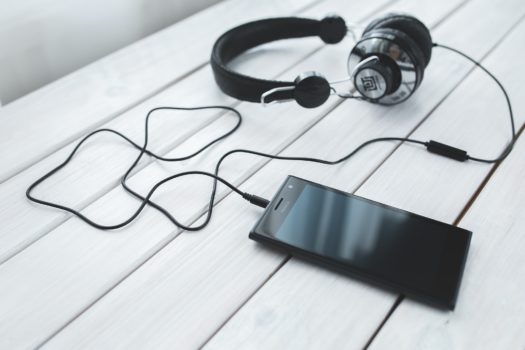Standardisation Will Allow More Players in Programmatic Audio: Q&A with Tim Sims, VP Inventory Partnerships, The Trade Desk
by Lindsay Rowntree on 11th Aug 2016 in News

With programmatic audio emerging with increasing volumes of inventory available, major players in the audio industry are setting the standard for the channel. Following Spotify's recent announcement that it's partnering with The Trade Desk, Rubicon Project, and AppNexus to launch programmatic audio globally, ExchangeWire speak exclusively with Tim Sims (pictured below), VP inventory partnership, The Trade Desk about how the partnership will work and what the future of programmatic audio looks like.
ExchangeWire: With Spotify partnering with The Trade Desk for global programmatic buying across audio ads, what does this mean for you and your clients?
Tim Sims: Access to Spotify’s global footprint of listeners creates an immediate opportunity for The Trade Desk’s customers to deliver a relevant message into an immersive and emotionally connected environment: our daily listening habits. Spotify is a premium environment. They run very few ads in the stream. Therefore, reaching that captive audience throughout the day is a really powerful opportunity.
How does buying an audio ad through a PMP actually work?
The mechanics are nearly identical to the way PMP’s works for other channels. The creative is obviously different, but the request and response ‘pipe’ is nearly the same. Spotify is a mobile-heavy environment, so that brings device IDs and location into the mix as well.
All of that said, Spotify has an amazing depth of first-party data that can be packaged into a PMP. Imagine a deal targeting women 18-49 across a variety of genres and playlists. There is an enormous amount of verified information that can be defined using Spotify’s data to help enhance the PMP deal. Combined with the targeting of a DSP platform, that is an attractive offering for a digital buyer.
Do you expect to see a shift in budgets from radio into Spotify as a result of this?
 Programmatic budgets for Spotify could come from the traditional radio buyers; but I think, what is more likely in the case of TTD, is that they will come from the digital end of the spectrum. Then those lines will start to merge a bit over time as more and more audio consumption happens on connected devices.
Programmatic budgets for Spotify could come from the traditional radio buyers; but I think, what is more likely in the case of TTD, is that they will come from the digital end of the spectrum. Then those lines will start to merge a bit over time as more and more audio consumption happens on connected devices.
Spotify has 100 million+ users globally, of which, ~70 million are ad-supported. Most of those access the service via a mobile device. So, Spotify is a mobile buy as much as it is an audio buy.
One big driver of running a Spotify campaign in the TTD platform is to also see how it interacts/influences other media on the plan. How does my Spotify campaign affect my display buy? Or my video buy? That is critical insight for programmatic buyers.
Do issues such as ad fraud, viewability and ad blocking, which plague the digital advertising industry, affect programmatic audio?
No. Viewability certainly is not a factor and ad blocking, in its current form, would not be able to impact the delivery of an ad into the audio stream on an application like Spotify.
With the industry awaiting the release of Open RTB 2.4, and its support of audio objects, how would this develop programmatic audio?
Standardisation will absolutely help get things moving and allow more players to participate. TTD’s hope is that the audio industry continues to dive into the deep end of programmatic.
Audio is a channel that is incredibly well-positioned to take advantage of the primary benefits of programmatic: data activation, targeting capabilities, and cross-channel insights. As a result, it could make an incredibly quick transition into the ecosystem.








Follow ExchangeWire